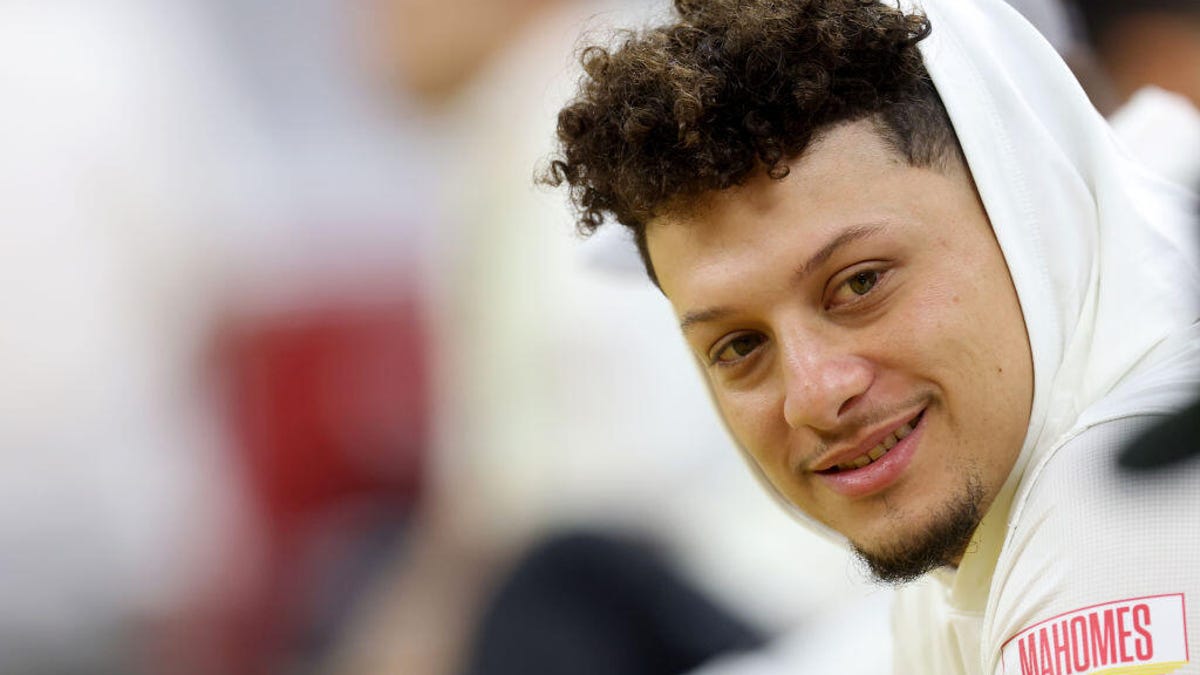Tech
No, That’s Not Patrick Mahomes: Millions View Deepfake Super Bowl Video

The Rise of AI in Sports Entertainment: A Deepfake Perspective
1. A Super Bowl to Forget and the Emergence of Deepfake Humor
In the high-stakes world of professional sports, few events capture global attention like the Super Bowl. For Patrick Mahomes and the Kansas City Chiefs, Super Bowl LIX became a game to forget after a decisive 40-22 loss. In the aftermath, creative minds turned to AI, crafting a deepfake video that humorously critiqued Mahomes, poking fun at the defeat. This video, which rapidly went viral, marked a unique intersection of sports, comedy, and cutting-edge technology, offering fans a laugh and sparking broader discussions on AI’s role in entertainment.
2. Inside the Deepfake Video: AI-Generated Satire
The deepfake video featured a digital Mahomes delivering a self-deprecating monologue, humorously bemoaning his performance. Jokes targeted not only Mahomes but also his teammate Travis Kelce and Kelce’s girlfriend, Taylor Swift. The AI-generated content blurred reality and fiction so seamlessly that it quickly amassed millions of views, highlighting the power of humor in viral content. The video’s success underscored how AI can transform sports meltdowns into comedy gold, capturing the essence of fan discourse and locker room tensions.
3. The Technology Driving Deepfake Realism
The creation of such convincing content was made possible by Parrot AI, a tool that generates remarkably lifelike deepfakes. Viewers on smartphones were often deceived, with many admitting the video’s realism was uncanny. While closer scrutiny revealed flaws, the technology’s impressiveness was undeniable. This incident illuminated both the advancements and potential misuses of AI, raising questions about its ethical implications in media and entertainment.
4. Public Response: Laughter and Reflection
Reactions to the video were mixed, ranging from amusement to concern. Chiefs fans mostly took the humor in stride, appreciating the light-hearted take on a tough loss. The video became part of a series of AI-generated content focusing on conspiracy theories around NFL refereeing, showcasing how fans engage with sports through satire. This response highlighted the dual nature of deepfakes: tools for entertainment and repositories of societal anxieties.
5. Celebrity Deepfakes: A Growing Phenomenon
Mahomes is not the only celebrity subjected to deepfake treatment. Figures from Tom Hanks to Donald Trump have been featured in AI-generated content, sometimes without consent. These examples illustrate the prevalence of deepfakes in media, blending entertainment and misinformation. The ease of creating such content has democratized satire but also raised concerns about consent and manipulation.
6. Combating Misinformation: Corporate Responses
In response to deepfake proliferation, platforms like Facebook and Google have implemented measures to combat misinformation. Facebook aggressively targets deepfakes, especially after a manipulated video of Ukrainian President Volodymyr Zelenskyy. Google, meanwhile, has streamlined removal processes for deepfake images. These steps address the delicate balance between free expression and limiting harm, aiming to protect individuals and public discourse.
Conclusion
The deepfake video of Patrick Mahomes serves as a microcosm of AI’s dual impact on entertainment and society. While it brought humor to fans and showcased creative potential, it also highlighted the ethical and technological challenges abrupt AI advancements pose. As sports and media evolve, so too must our understanding of these tools, ensuring they enhance rather than detract from our shared experiences.